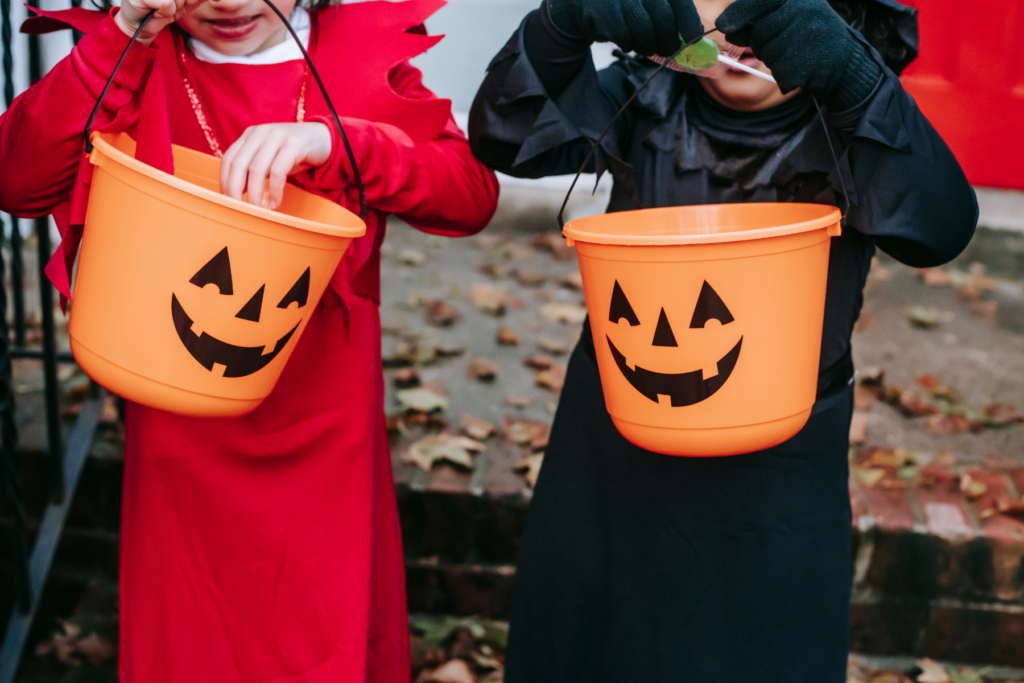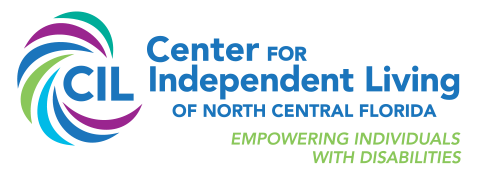Halloween is a time for spooky fun, creative costumes, and sugary treats, a holiday that brings smiles to the faces of children and adults alike. However, for some, Halloween can be a daunting experience, especially for individuals with disabilities. The Halloween season is an opportunity to make everyone feel welcome and included. In an effort to ensure that individuals with disabilities can fully participate in and enjoy Halloween festivities, we’ve compiled a list of tips to create a more inclusive environment.

1. Understand Non-Verbal Trick-or-Treaters
Some trick-or-treaters may be non-verbal, meaning they may not say “trick or treat!” or “thank you!” It’s important not to take this personally. Communication can be challenging for some individuals with disabilities, and they may simply be incapable of expressing themselves verbally. A smile or a nod of appreciation can be just as meaningful.
2. Welcome “Older” Trick-or-Treaters
Don’t make assumptions about the age of trick-or-treaters. Some individuals who appear older may have developmental delays, and Halloween can still be a special and enjoyable event for them. Embrace the diversity of participants without judgment.
3. Keep Costumes Optional
While costumes are a central part of Halloween, they may not be comfortable for everyone. Those with sensory processing disorders may find costumes oppressive or intolerable. Make sure to let participants know that costumes are optional, and they are welcome to join in regardless of what they are wearing.
4. Be Flexible with the “Take One” Rule
Understand that some individuals with disabilities may have developmentally delayed motor skills. This can make it difficult for them to take just one piece of candy. Instead of enforcing a strict “take one” rule, show patience and allow them to select the candies they prefer.
5. Be Patient with Candy Selection
Some participants may take several minutes to choose candy from the bowl. This may be because they have specific dietary restrictions or allergies and need to carefully select treats that they can enjoy. Give them the time and space they need to make their choices.
6. Avoid Flashing Lights and Loud Music
Decorations are a big part of Halloween, but flashing lights and loud music can be extremely disconcerting for individuals with disabilities. In severe cases, these sensory overloads can even trigger seizures. Opt for a more subdued and sensory-friendly approach to decorations to ensure everyone feels comfortable.
7. Be Kind and Patient
Above all, remember to be kind and patient during Halloween festivities. Individuals with disabilities may face various predispositions and limitations that are not immediately visible. A simple commitment to a compassionate attitude can go a long way in making sure everyone has a pleasant and memorable Halloween night.



